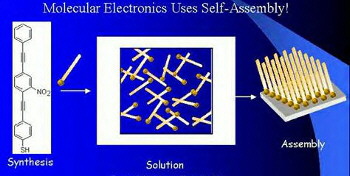Nanotechnology, as a multi-disciplinarian, system level arena of scientific and technical development, is rapidly evolving away from the realms of academic obscurity, and into becoming the transitional threshold of an emergent industrial revolution. Nanotechnology is a collection of molecular scale manufacturing systems, which collectively should be viewed as a gateway to an entire new industrial infrastructure.
Nano-industrial infrastructure development, even in its current, early formative stages, already has significant economic implications affecting industries and markets ranging from computing, telecommunications, and aerospace, to medicine, energy, and ecological applications, but most importantly, nano-industrial infrastructure development represents a gateway to products, processes, and applications that are not possible via any other manufacturing means.


